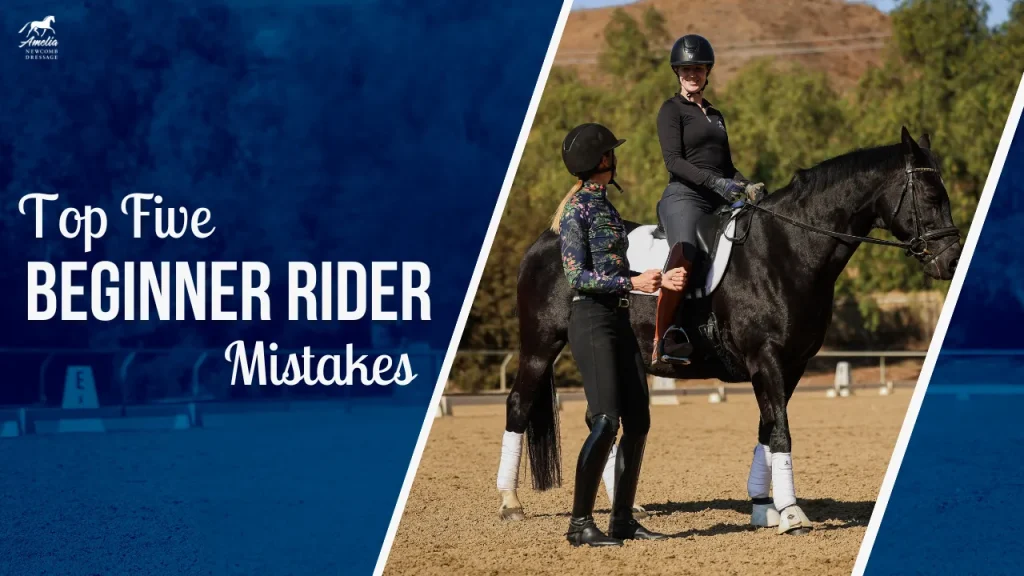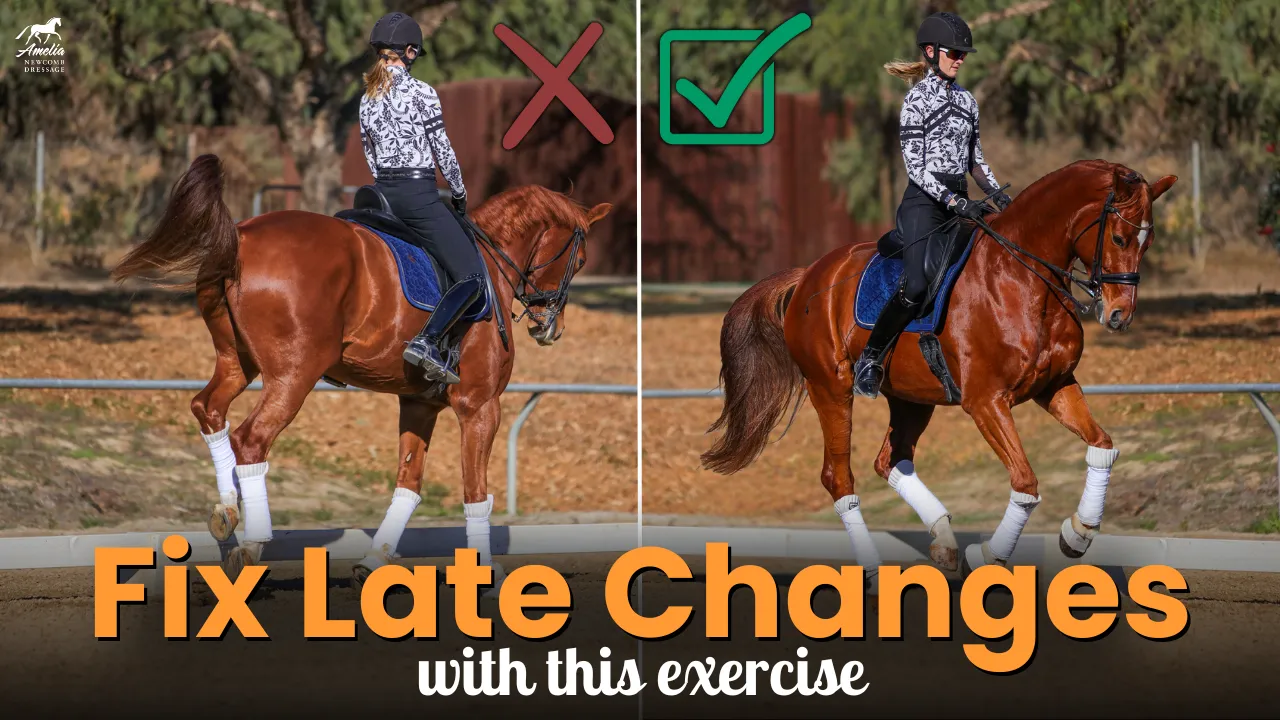One of the most important concepts in riding is learning to use your legs to fix your hands, rather than relying on your reins to control your horse. This approach ensures better communication, balance, and connection with your horse. Here’s how to apply this principle in your riding.
What Does It Mean?
Using your legs to fix your hands means riding your horse forward into your hands, rather than steering or correcting with your reins. Think of your horse’s body as moving through a tunnel. The walls of this tunnel are your legs. If your horse drifts in or out, your legs—not your hands—are the aids to guide them back on track.
Common Mistakes
It’s tempting to correct with your hands when things go awry. For example:
- Falling Out: If your horse drifts outward, many riders instinctively pull the outside rein across the neck to steer them back.
- Shoulder-In: Riders may cross their inside rein over the neck to maintain angle, instead of using their inside leg to keep the bend.
- Half-Pass: In a right half-pass, some riders pull the right rein across the neck instead of applying right leg pressure to maintain the movement.
These fixes may feel effective in the moment but lead to imbalance, loss of connection, and are unsustainable in long-term development.
How to Fix It
- Legs Create the Tunnel: Use your inside leg at the girth to create bend and your outside leg behind the girth to support. Your legs guide your horse’s body toward your hands.
- Proper Hand Position: Keep your left hand on the left side of the mane and your right hand on the right side. Avoid crossing your hands over the neck.
- Ride Back to Front: Always think of riding your horse forward from your legs into your hands. This creates a connected and straight horse without over-reliance on the reins.
Practice This
Focus on keeping your hands steady and guiding your horse’s body with your legs. Whether riding shoulder-in, half-pass, or circles, feel how your legs control the movement while your hands maintain balance and connection.
Remember, balance begins with your legs—not your reins!
Happy riding!












































